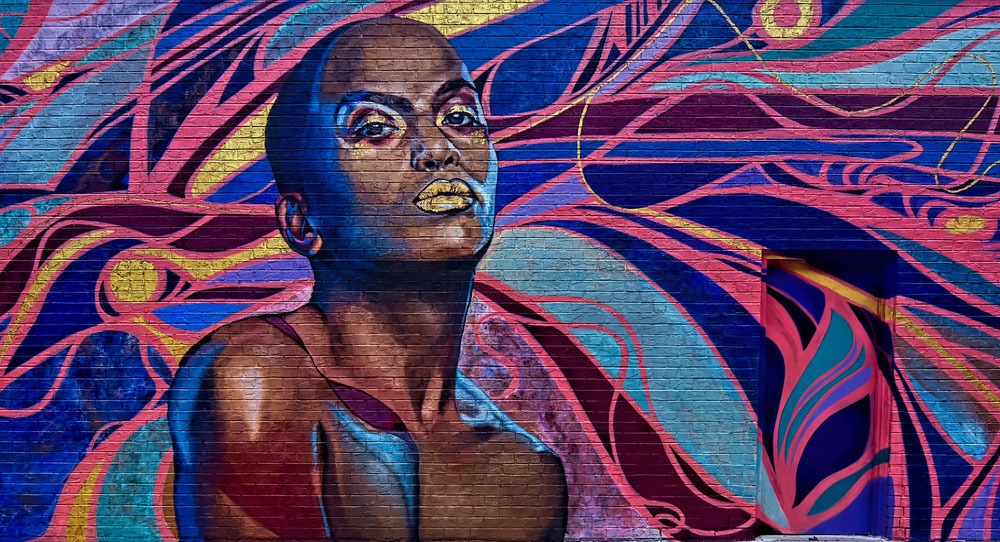
August 17, 2020; South Seattle Emerald
As white-led nonprofit boards continue to reckon with racial justice in response to the May 25th killing of George Floyd and the police shootings of so many other Black Americans (including that of Jacob Blake in Kenosha, Wisconsin last week), many are recognizing that they need to start from within.
“Nonprofit boards are primarily white,” observes fundraising consultant Meg Butterworth in a recent article for South Seattle Emerald. “This lack of inclusion and representation, along with existing power dynamics and dependency on generational wealth and grantmaking to solve world problems ultimately harms the core of nonprofit work aimed mainly to counter systems of oppression.”
The data back this up. In the United States, nonprofit boards are 78.6 percent white, 7.5 percent Black, 4.2 percent Latinx, and 2.6 percent Asian American, according to The Impact of Diversity: Understanding How Nonprofit Board Diversity Affects Philanthropy, Leadership, and Board Engagement, a study conducted in 2018 by the Indiana University Lilly Family School of Philanthropy in partnership with Johnson, Grossnickle and Associates, and BoardSource.
These numbers are far from representative. Today, in the wake of multiple police shootings of Black Americans, many white-led nonprofits say they are prioritizing racial equity. An action-oriented approach to advancing equity begins with the nonprofit and the board understanding the needs of the communities they serve.
“We really want board members to get out of the boardroom,” Robin Stacia, CEO of Sage Consulting Network, explained in Beyond the Board Statement; How Can Boards Join the Movement for Racial Justice, a recent two-part NPQ webinar. “If you want to help your board be more in touch with what equity is all about, and what is important in your community, we want them to…get proximate to the issues. We want them to have conversations with folks in the community. We want them to become better aware of the perspectives, the barriers, the aspirations [in your community] and how your work is or is not contributing to what those in your community really want.”
This sort of community engagement may feel out of reach, but some forward-thinking nonprofits are finding unique ways to make it happen.
Sign up for our free newsletters
Subscribe to NPQ's newsletters to have our top stories delivered directly to your inbox.
By signing up, you agree to our privacy policy and terms of use, and to receive messages from NPQ and our partners.
For example, United Way of Metro Chicago recently launched Board Leadership Institute, a program designed to prepare Chicago-area philanthropic business leaders who are interested in serving on nonprofit boards with a “deep understanding of community opportunities and challenges” that exist in Chicago neighborhoods, along with the “tools to best leverage their skills in service of Greater Chicago.”
During the four-month program, United Way staff and community leaders teach future board members about topics like the social effects of income inequality, the legacy of Chicago’s housing crisis, what race equity means in Chicago, and how systemic inequalities impact the challenges faced by specific Chicago neighborhoods. Participants also take classes on general board governance topics such as nonprofit financials and accountability led by Northwestern University’s Kellogg School Center for Nonprofit Management, United Way’s partner in the Board Leadership Institute. However, it’s the community-focused curriculum that sets the Institute apart and prepares future board members to center equity and community voice in their work.
“I’ve seen a lot of very experienced business people serve on boards who just don’t understand the community or the social context of the issues that the nonprofit is trying to address,” says Marilyn Jackson, chief strategy and engagement officer at United Way of Metro Chicago in a recent article in Crain’s Chicago Business. “This program is unique in that it offers both sides of the coin: a curriculum that goes into the business and social side of nonprofits…and helps participants understand the challenges, context and history of what’s happening in our communities,” she said.
A cohort of almost 30 business and philanthropic leaders graduated from the inaugural Board Leadership Institute in June and are currently in the process of being matched with board roles at nonprofits throughout Chicago, many of which are United Way Metro Chicago community partners. The Board Leadership Institute is currently in the midst of building its second cohort, which will begin this fall.
While recruitment, training, and onboarding are important, community engagement must be an ongoing process. Organizations like KERA in North Texas, Shields for Families in Los Angeles, Boys & Girls Clubs of King County and Howard Brown Health Center in Chicago have all recently formed community advisory boards or councils whose members interface directly with their governing boards. This approach can be a valuable way to forge connections and understanding, but it is not without its pitfalls.
“Advisory boards can be extremely helpful to nonprofits, but they aren’t magical,” said Mary Bear Hughes in an article for Georgia Center for Nonprofits. “They work best when they are used to complement a board of directors that is moving full speed ahead—not when they’re trying to fix an organization with a board that is not working as it should.” That means forming a community advisory board shouldn’t be treated as an excuse for failing to recruit people of color to serve on the governing board. Instead, advisory boards should be treated as partners to and pipelines for governing boards.
“When we have people of color on nonprofit boards, it does at least create some opportunities to have different conversations…because you might be able to negotiate some of their blind spots,” Vernetta Walker, principal of Walker and Associates Consulting, said in Part I of the Beyond the Board Letter webinar. “That being said, it does not negate the need for everyone to do their own work.”—Alyssa Conrardy











